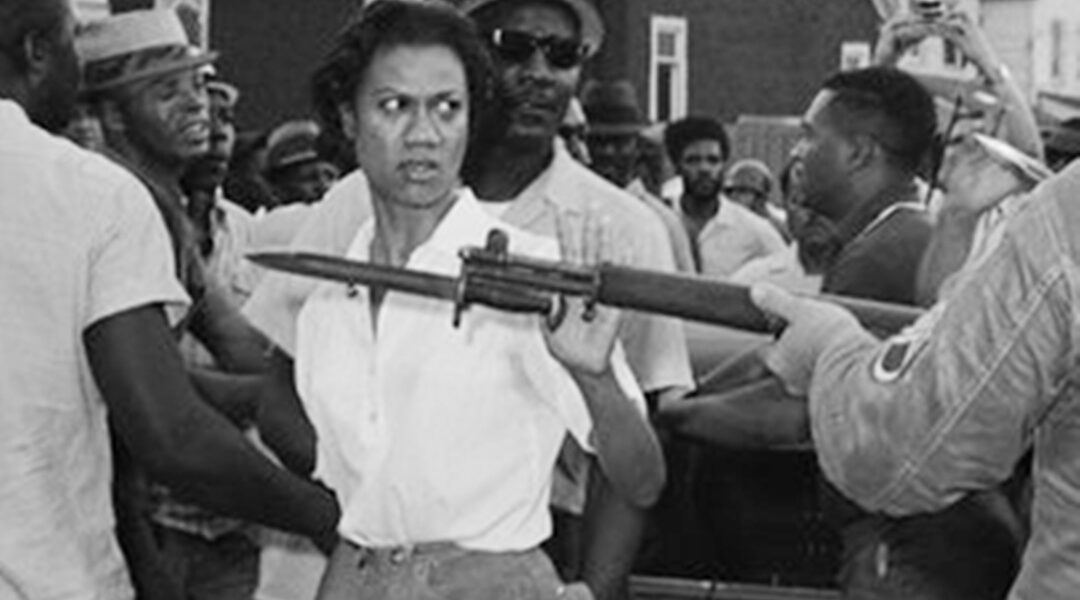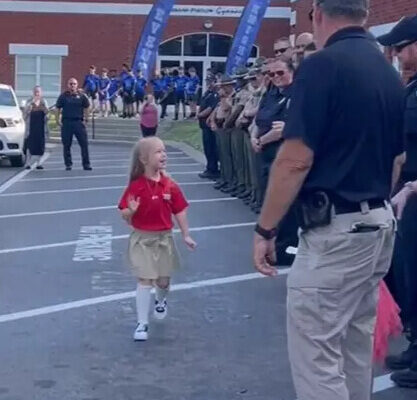She stands in the photograph forever frozen in defiance — a Black woman in a simple buttoned shirt and jeans, one hand calmly pushing away the bayonet of a National Guardsman. No fear in her eyes. No hesitation in her movement. Only the unspoken declaration: I don’t have time for this.
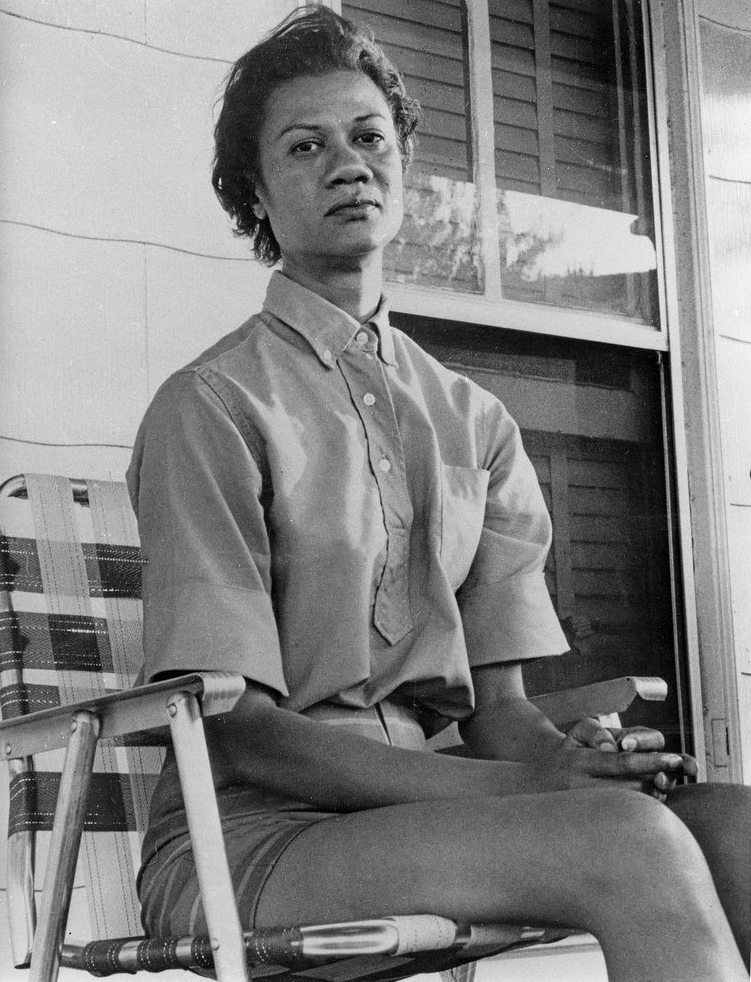
Her name was Gloria Richardson, and in 1963 she was not just a housewife in Cambridge, Maryland. She was a 41-year-old activist leading one of the most radical civil rights struggles of her time.
From Housewife to Leader
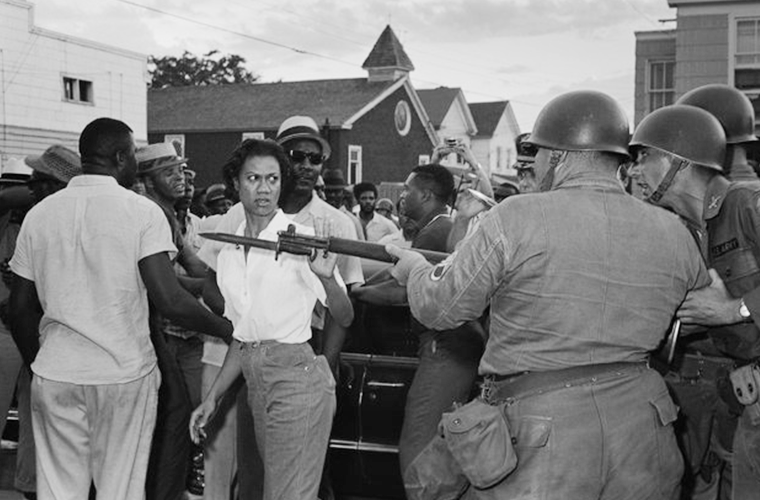
Born into an affluent Black family, Gloria had attended Howard University, graduating in 1942 with a degree in sociology. Yet, despite her education, she couldn’t escape the suffocating grip of racism. Job after job turned her away. Like so many Black women of her generation, she settled into the role of wife and mother.
But Cambridge was a city on fire long before the clashes made headlines. Black unemployment soared at 40% — four times higher than whites. Schools were segregated, children underfunded, hospitals closed their doors to Black patients, and factories promised jobs only to whites in exchange for staying non-union. Even Richardson’s family, considered among the most “respected” Black families in town, suffered devastating losses because they were denied medical care.
“I think both my uncle and my father would have been alive,” she said years later, “if they had been treated like human beings.”
The Cambridge Movement
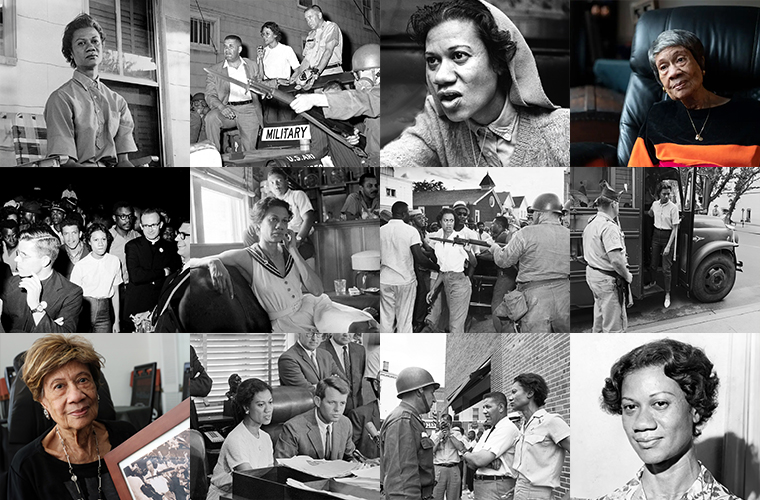
By 1962, her teenage daughter Donna had joined the Student Nonviolent Coordinating Committee (SNCC). Inspired, Gloria stepped forward too, helping form the Cambridge Nonviolent Action Committee (CNAC) — SNCC’s first adult affiliate. The men in town asked her to lead, and she accepted without hesitation.
Unlike many movements that focused narrowly on voting rights, Cambridge demanded more:
-
desegregation of schools and hospitals
-
fair housing
-
access to jobs
-
dignity for Black families
Their demands shook the establishment. And when peaceful protests were met with brutality — Black teenagers beaten by white police at a local theater — anger boiled over.
Richardson refused to preach blind pacifism. “If they come and attack you, you have a right to respond,” she insisted. Nights in Cambridge turned into battlegrounds. Gunfire echoed for hours. Smoke from clashes hung in the morning sky. To many residents, it felt like living in a civil war.
The Iconic Photograph

By June 1963, Maryland’s governor declared martial law. The mayor called in 800 National Guardsmen. Curfews silenced the streets. It was then, amid this tension, that a photographer captured Richardson’s defining moment — brushing aside a soldier’s bayonet as if it were nothing more than an inconvenience.
She later admitted she barely remembered doing it. “I don’t like sharp things,” she joked. But the image spoke louder than words: a Black woman refusing to bow, even in the face of armed military power.
A Victory — and a Rift

The Treaty of Cambridge was eventually signed, promising desegregation of schools and hospitals, public housing construction, and job opportunities. Yet segregationists forced it to a referendum. Richardson called for a boycott, arguing that human rights should never be subject to a vote.
This bold move angered some mainstream civil rights leaders, but it also made her a beacon for the next generation — those who would carry forward the language of Black Power and economic justice.
Her Legacy
Gloria Richardson’s leadership in Cambridge proved something vital: ordinary people could fight City Hall and win. They could stare down bayonets, withstand martial law, and demand more than token reforms.
“The legacy of Cambridge,” she said, “is that people found out they could fight City Hall and win — that they may have to give up almost their lives to do it, but that things will change if you fight hard enough.”
She was never the most famous face of the movement. But in that one photograph, and in the years of fearless organizing behind it, she embodied a truth too often forgotten: civil rights was not only fought in the South, not only by men in suits, and not only for the vote. It was fought by women like Gloria Richardson, who knew that true freedom meant dignity in work, housing, healthcare, and daily life.
And when history pressed a bayonet to her chest, she pushed it aside — and kept walking forward.
